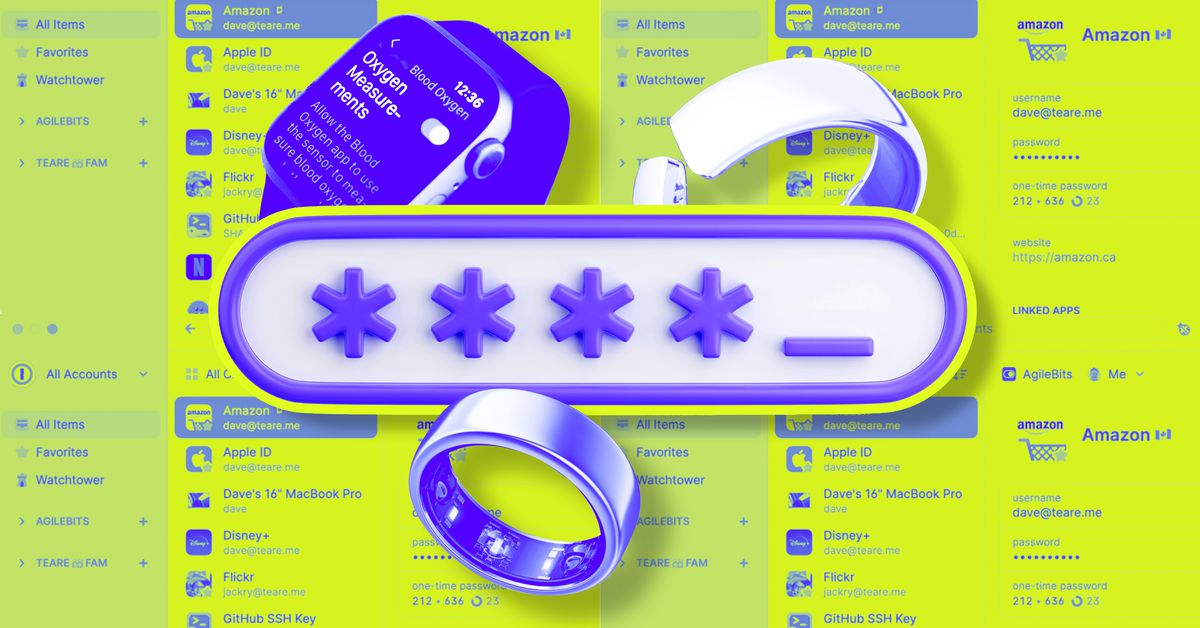- cross-posted to:
- news@lemmy.linuxuserspace.show
- cross-posted to:
- news@lemmy.linuxuserspace.show
Passkeys: how do they work? No, like, seriously. It’s clear that the industry is increasingly betting on passkeys as a replacement for passwords, a way to use the internet that is both more secure and more user-friendly. But for all that upside, it’s not always clear how we, the normal human users, are supposed to use passkeys. You’re telling me it’s just a thing… that lives on my phone? What if I lose my phone? What if you steal my phone?



The way I intend to handle this is with my keypass password manager since the file database has to be synced manually. The way I handle this is one copy of the database lives on my phone, which is my primary device. Then I copy this database to a flash drive, and then copy it to my laptop. The update process goes something like update the credential on my phone and then a few months later, during my scheduled backup routine, copy the database to the flash drive and then copy the database over to the laptop. So the most I could lose is a few months worth of data instead of all of it. If my phone is ever stolen, I still have a copy of the database on both the flash drive and the laptop, which at most might be a few months out of date, but nothing severe.
I use Syncthing to automatically keep the database up to date and usable on all of my devices. Autotype on PC is such a nice feature I wouldn’t want to miss (and it increases security on top of that).
Syncthing is a good option too.
I just use Bitwarden and all that shit happens automatically.
I know my way is quite unconventional, but I don’t rely on any clouds whatsoever. If I lose my data, it’s my damn fault.
That’s the problem though, I know I would lose my data and my Bitwarden account is my literal key to my entire digital life.